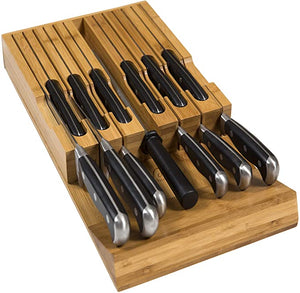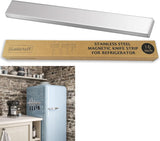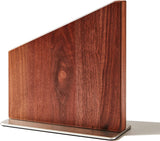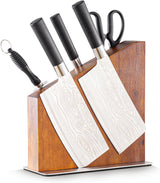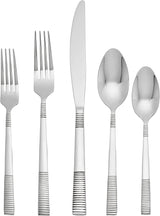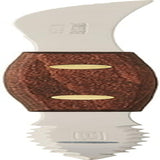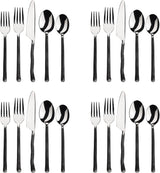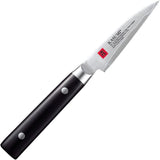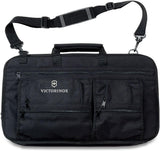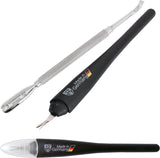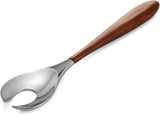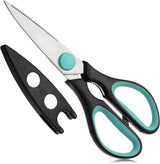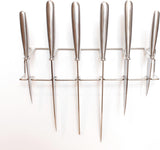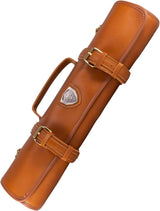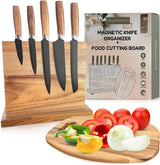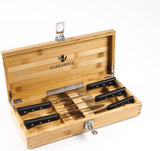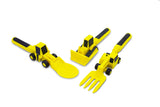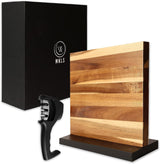For kitchen professionals, a sharp knife is an indispensable tool. Among the wide array of kitchen knives, the Nakiri knife stands out for its distinct design and unparalleled vegetable-chopping abilities. But, no matter how exceptional a knife is, its performance diminishes if it's not sharpened properly. And since youre probably asking, how to sharpen Nakiri knife, well delve into some exclusive techniques that promise to transform your culinary experience into something remarkable.
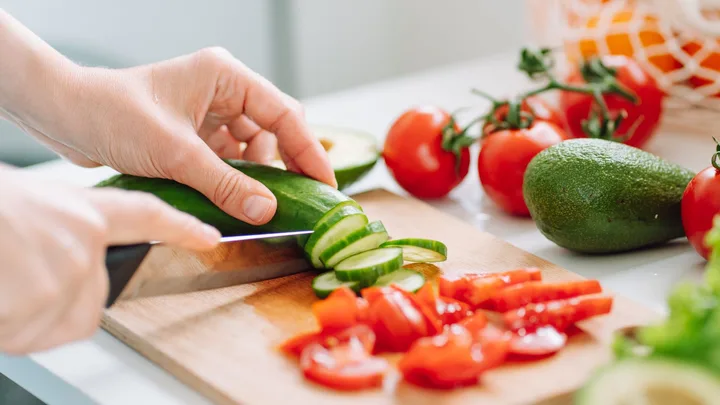
Understanding the Nakiri Knife
The Nakiri knife, originating from Japan, is a favored tool among chefs and home cooks alike. Its straight edge and square blade are perfect for slicing through vegetables with precision. Learning how to use a Nakiri knife effectively begins with understanding its unique attributes.
The Importance of Sharpening
Before delving into the sharpening techniques, it's crucial to understand why sharpening is necessary. A dull Nakiri knife doesnt just underperform; it can be dangerous. When a knife is dull, more pressure is required, increasing the risk of slippage and accidents. Moreover, a sharp knife ensures cleaner cuts, preserving the texture and flavor of ingredients. For further insights into kitchen knives, see this resource.
Popular Sharpening Techniques
There are several methods to sharpen a Nakiri knife, allowing you to choose what works best based on your proficiency and available resources.
Whetstone Wonder: The Timeless Technique
Using a whetstone is one of the most recommended methods. It involves a series of steps:
- Soak the Whetstone: Immerse the whetstone in water for about 10-15 minutes.
- Angle Alignment: Maintain an angle of about 15-20 degrees between the knife and stone.
- Even Strokes: Slide the knife back and forth across the stone, ensuring even strokes.
- Alternate Sides: Regularly switch sides of the blade to sharpen uniformly.
Utilizing a well-maintained whetstone can yield life-changing results, as it offers more control over the sharpening process.
Using a Sharpening Rod: Simplified Technique
A sharpening rod, also known as a 'honing rod,' is another popular choice. Heres a step-by-step guide to follow:
- Positioning: Hold the rod vertically with its tip resting on a non-slip surface.
- Angling: Maintain the proper knife angle (again, approximately 15-20 degrees).
- Gentle Sliding: Gently draw the knife down the rod in a controlled manner.
- Consistency: Repeat on the other side, maintaining consistency in strokes.
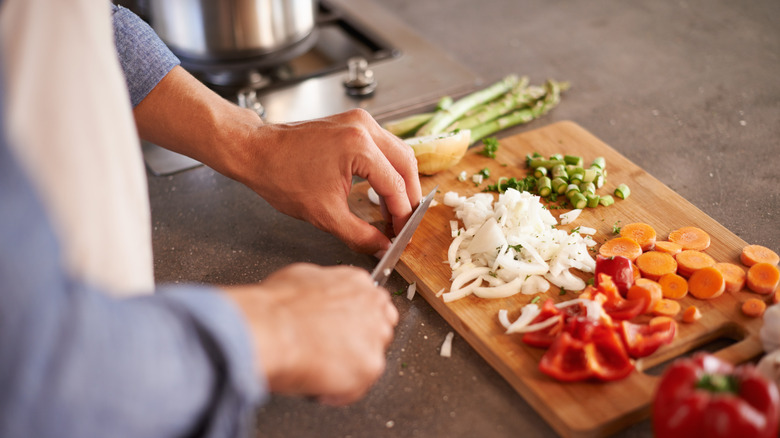
Sharpening Systems: Technological Tools
For those seeking a more technologically advanced solution, electric sharpeners or sharpening systems are available. These often come with predetermined angles and different grit settings to cater to various sharpening needs.
Maintaining Sharpness
After achieving the desired sharpness, maintaining it is equally crucial. Follow the practices below:
- Regular Honing: Frequently use a honing rod to keep the blade aligned.
- Proper Storage: Store the knife in a knife block or magnetic strip to prevent blade damage.
- Correct Usage: Avoid using the Nakiri knife on bones or frozen foods to prevent dulling.
Regular maintenance takes your culinary craft from ordinary to extraordinary, ensuring your Nakiri knife remains a delight to use.
FAQs
-
How often should I sharpen my Nakiri knife?
It depends on usage. However, honing should be done frequently, while sharpening may be required every few months. -
Is a sharpening system better than a whetstone?
Both have their pros. A whetstone offers more precision, while a sharpening system offers convenience and speed. -
Whats the best angle for sharpening Nakiri knives?
Maintain an angle between 15-20 degrees for optimal results.
For additional knife details, visit our blog page.
This article contains affiliate links. We may earn a commission at no extra cost to you.
